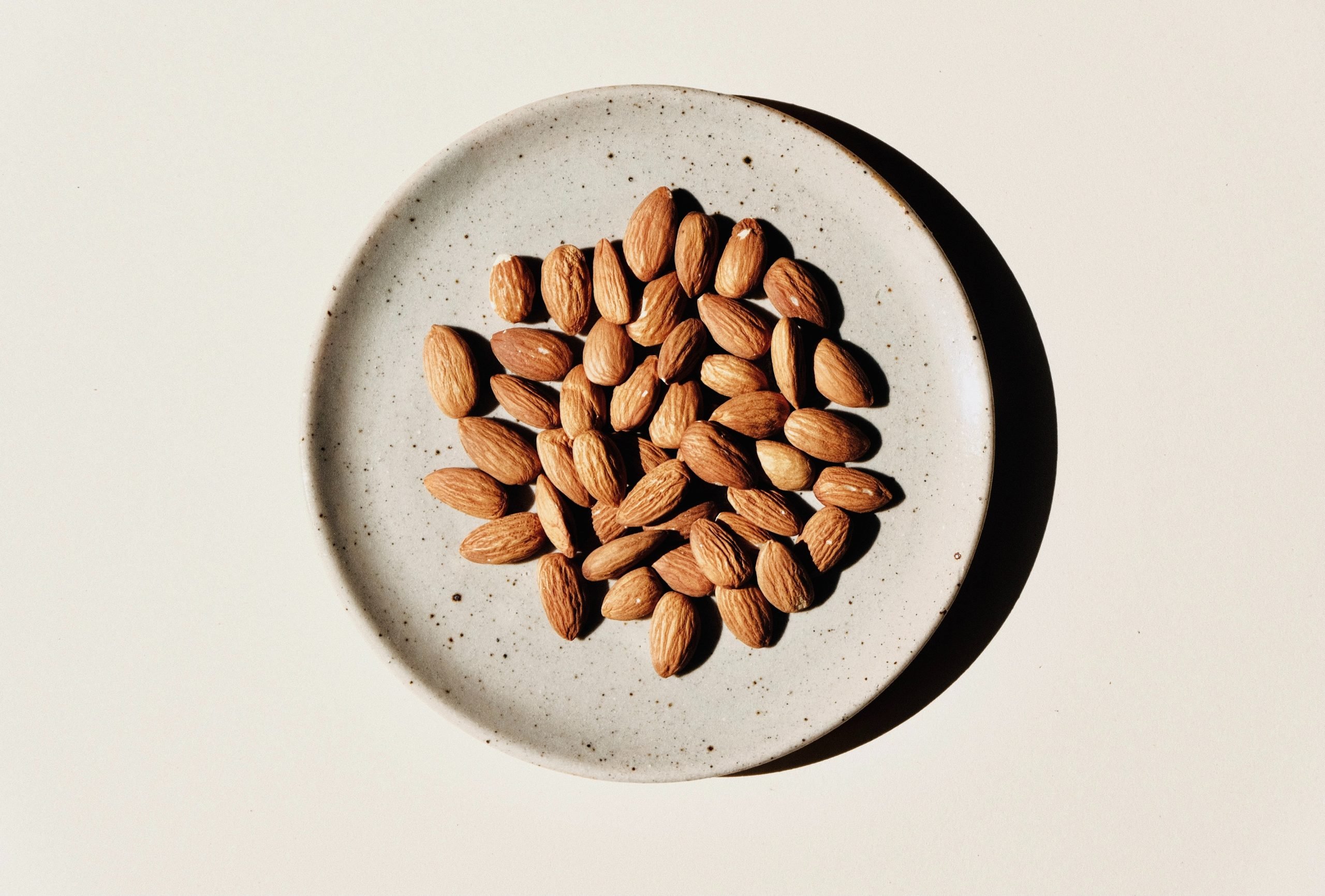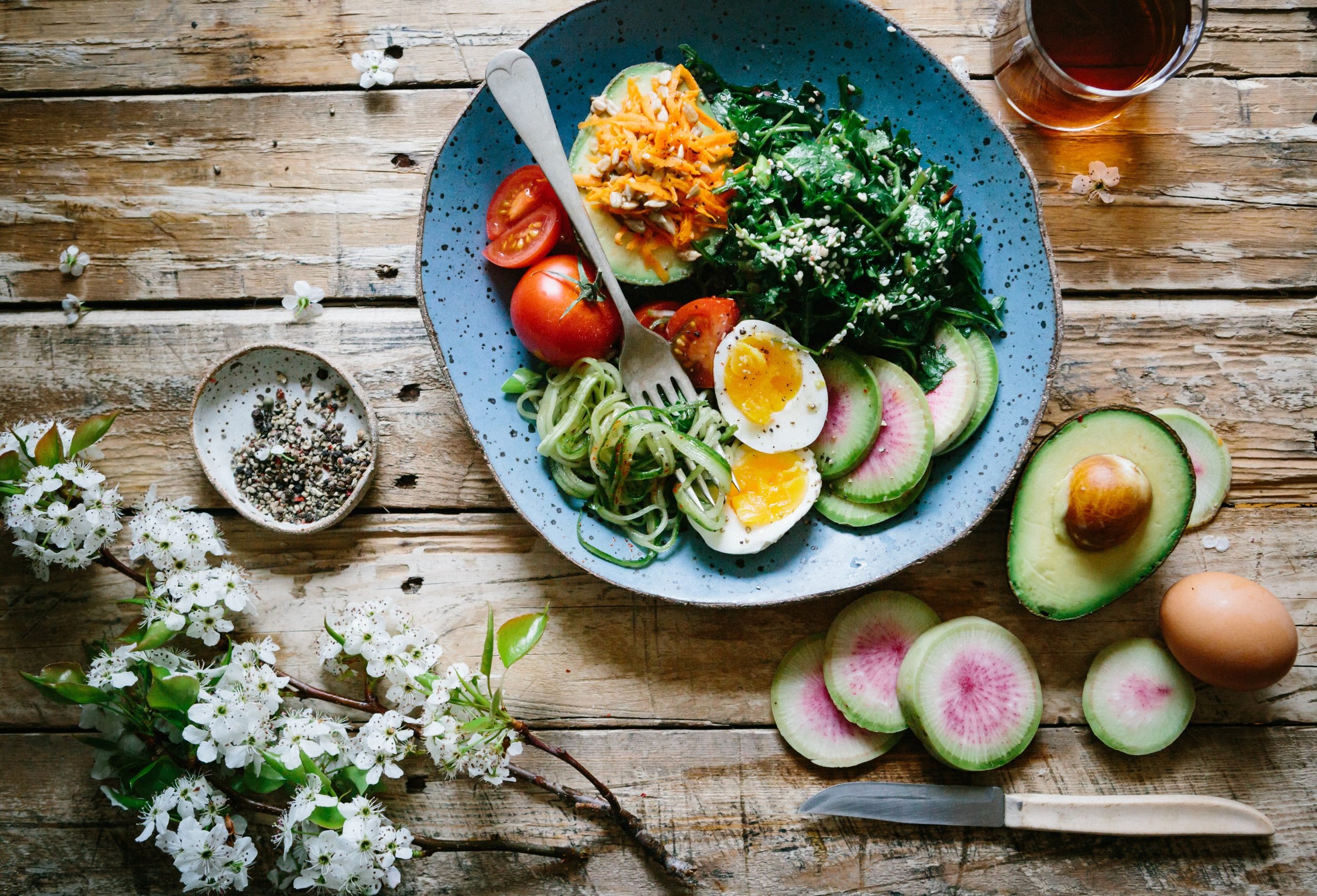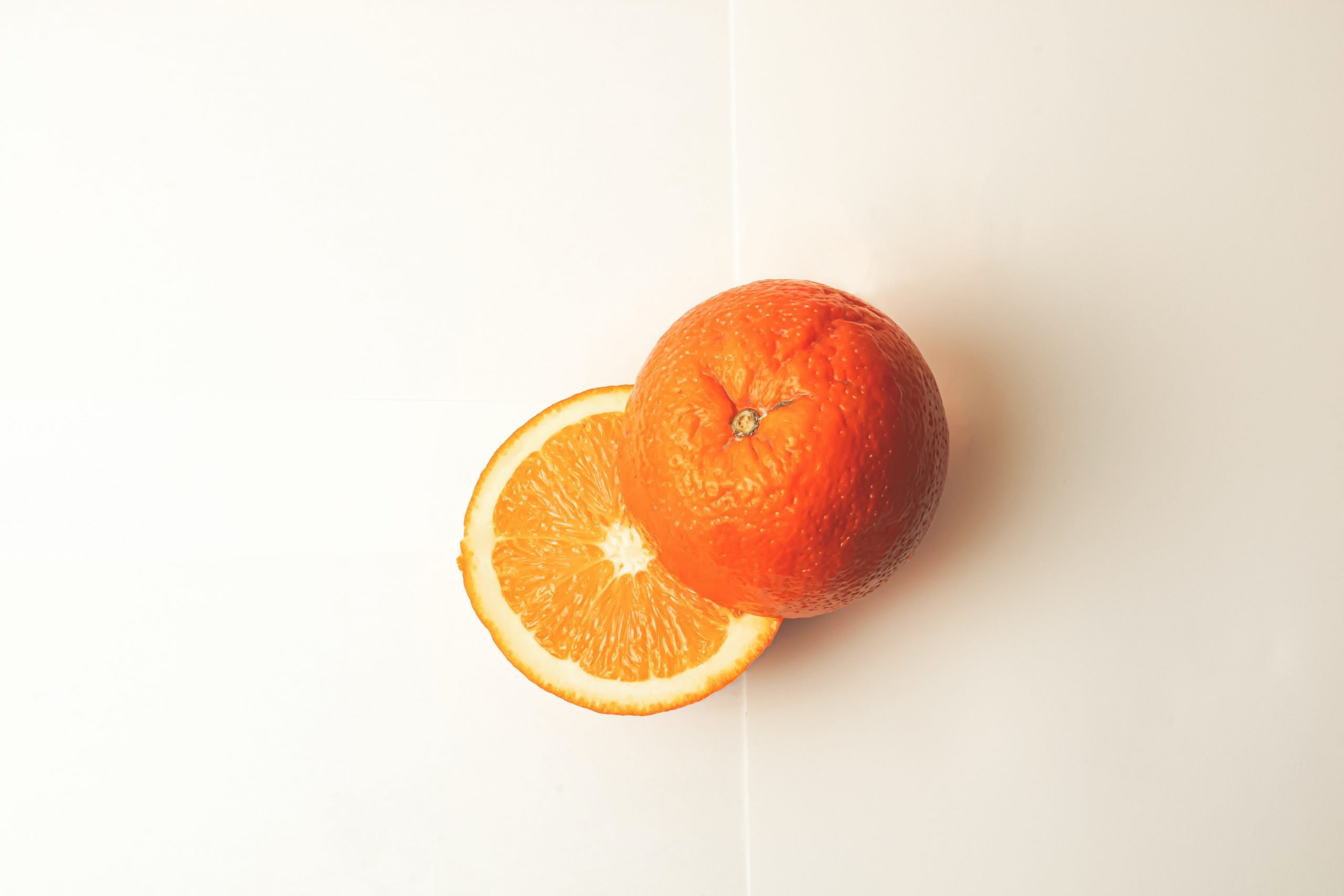Preventing peanut allergy: Should we introduce peanut early in infants?
January 25, 2022
Our next blog is by Sandra Brastein, who is currently completing a Master of Human...
Can text messaging improve dietary behaviour in people with type 2 diabetes?
August 27, 2021
Type 2 diabetes mellitus (T2DM) is one of the most prevalent non-communicable diseases worldwide and...
Should older adults eat nuts? In a nutshell, yes.
August 18, 2021
Globally, humans are living longer than ever before. However, older adults are at increased risk...
When volunteering becomes a PhD opportunity: a collaboration with OzHarvest
August 4, 2021
This blog has been contributed by PhD candidate Fay Karpouzis, who is undertaking her PhD,...
How do multiple energy balance behaviours influence obesity in school-aged children?
July 21, 2021
Currently, a quarter of Australia’s young children are estimated to experience overweight and obesity. This...
Warm and open communication: how authoritative parents improve kid’s diets
July 6, 2021
Around 1 in 4 pre-school aged (2-5 years) children are overweight or obese in Australia....
Personalised nutrition is trendy, but can it help us eat less junk food?
June 22, 2021
A new study has shown that advances in personalised nutrition can improve the diets of...
Communities of Practice – working together in public health
May 27, 2021
Our next student blog has been contributed by – Deakin Master of Dietetics students Della...
How do children’s abilities to self-regulate their food intakes change as they age?
May 18, 2021
Children get better at self-regulating their behaviours, thoughts and emotions as they grow up –...
Personal factors influence the diet quality of young adults
April 29, 2021
Late-night, greasy kebabs after a big night out? A sneaky chocolate bar and strawberry milk...
Can what you eat reduce your risk of liver cancer?
April 22, 2021
Liver cancer is the seventh leading cause of cancer deaths in Australia and unfortunately, it’s...
Can vitamin C be used to fight type 2 diabetes?
March 25, 2021
Around 1.7 million Australians have diabetes, with type 2 diabetes accounting for 85-90 per cent...











